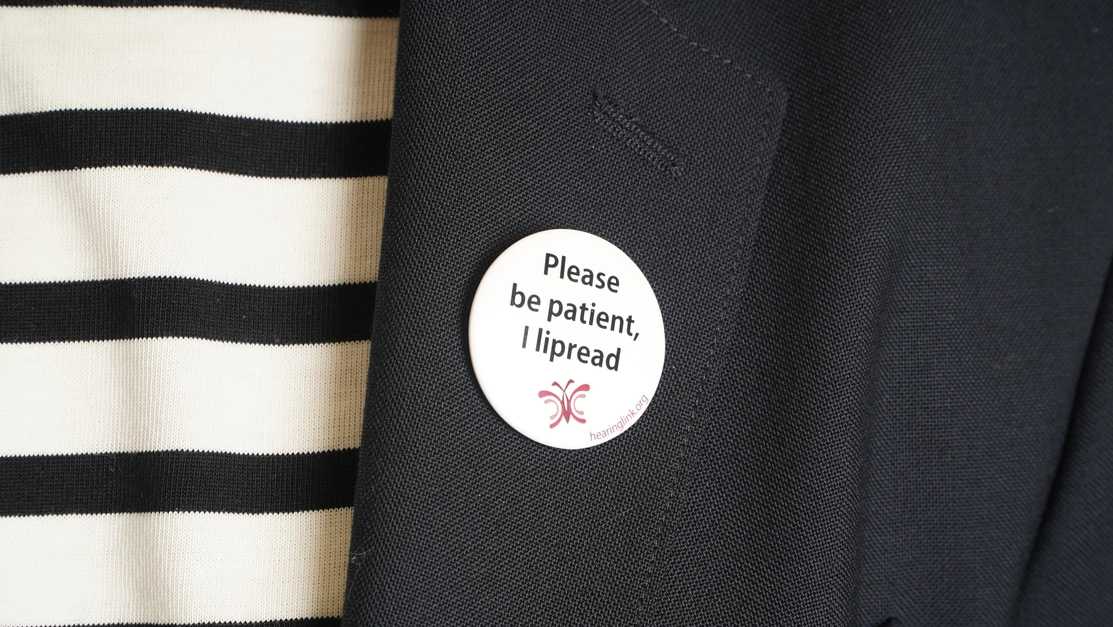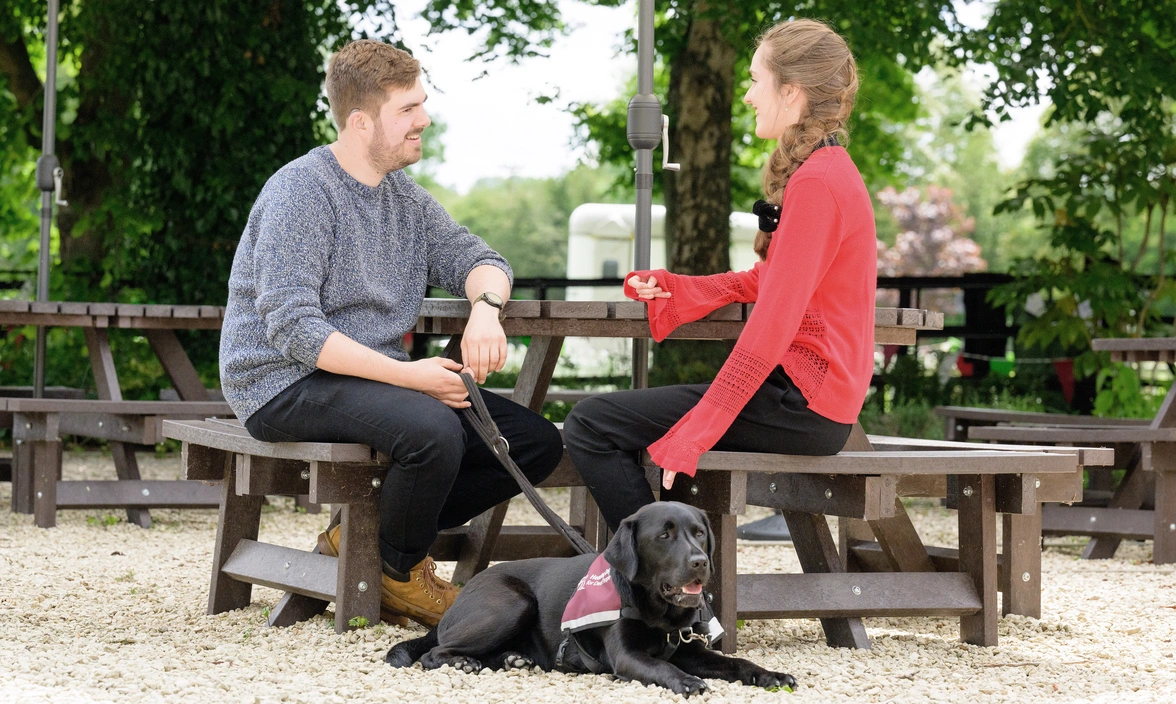Communication is so important to everyone and encompasses all areas of our lives – in the workplace, social situations, or everyday interactions with others.
Those who have a hearing loss often feel left out when in conversations with family and friends because they are unable to follow accurately what they say.
This can lead to frustration and reluctance to join the group or to go out to events where they know it is going to be difficult to communicate well. This self-imposed isolation does not help them because it escalates, and their bad feelings get worse.
So, how can you overcome these feelings? First, it is important to try to be (and look) positive. Secondly, it is crucial to find a way of communicating better and this will depend on our own personal circumstances.
This is where lipreading can help. Whilst it is not a magic wand, lipreading can help a person with hearing loss to better understand what they see and hear, enabling them to take a more active part in conversations.
Lipreading is the ability to understand speech by observing the movements of a person's lips, facial expressions, and other visual cues.



